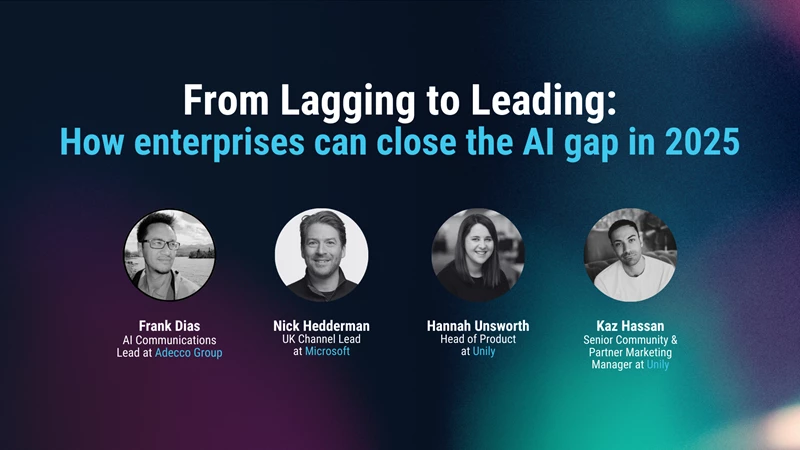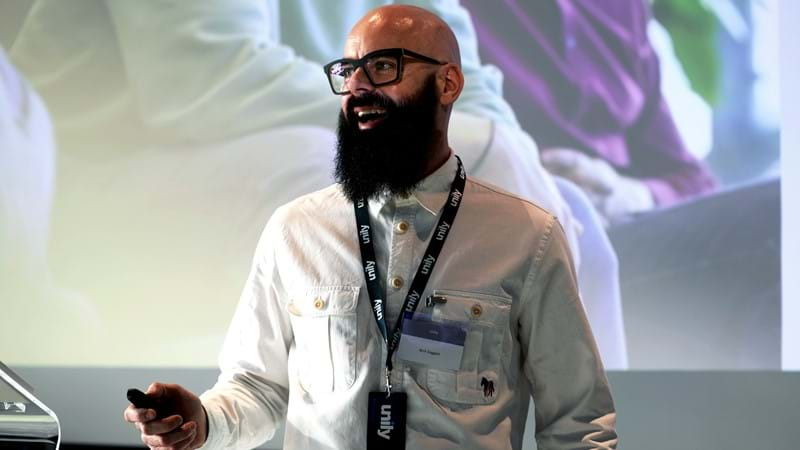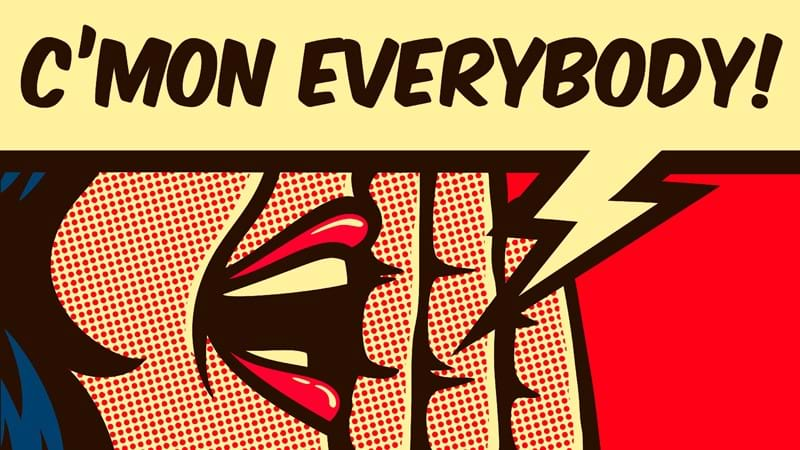What is the Employee Lifecycle?
The employee lifecycle allows people leaders to consider, improve, and measure each stage of an employee’s career with their organization. Discover the seven stages of the employee lifecycle.

Using the employee lifecycle model
People teams with higher levels of empathy tend to perform better [Forbes]. Improving employee experience by working with employee lifecycle phases allows HR, internal comms, and other teams to understand the workforce’s needs at different stages of employment.
The employee lifecycle is an opportunity for HR, internal comms, and other people teams to improve the employee experience, optimize productivity, and create buy-in for the company’s culture.
Understanding the organization’s employee lifecycle, and how to improve the experience at each phase means you can hire the right people, retain employees, and ultimately boost productivity.
In this article, we’ll take you through every stage of the employee lifecycle.
What is the employee lifecycle?

The employee lifecycle consists of the seven stages that make up an employee’s entire relationship with your organization. It begins before an employee has even joined the business, through to their relationship with the organization when they are no longer an employee.
The 7 stages of the employee lifecycle are:
- Attraction
- Recruitment
- Onboarding
- Development
- Retention
- Separation
- Advocacy
Optimizing the employee lifecycle
A clear understanding of the employee lifecycle means HR, internal comms, and other people teams can hire the right people, retain employees, and ultimately boost engagement and productivity.
Hiring and recruitment are expensive when compared to retention [Get Staffed]. This applies to both the loss of productivity when knowledge leaves the organization and the cost of hiring someone new.
Optimizing the employee lifecycle at every stage prevents individuals from seeing their relationship with the organization as purely transactional. This decreases productivity, lowers retention rates, and ultimately affects the company’s bottom line.
What are the seven stages of the employee lifecycle?

The employee lifecycle begins long before an employee’s first day and ends long after they leave the organization.
It’s made up of seven employee lifecycle phases, which are:
#1. Attraction
The actual start of an employee's lifecycle occurs when a job seeker spots a vacancy. Modern applicants use several channels, including social media, and online job sites. At this stage, your employer brand is your most valuable asset. Just as marketing groups launch compelling schemes to lure consumers, internal teams strive to create enticing employer brands.
#2. Recruitment
Everyone wants talented employees, but far fewer know how to find them: 82% of companies aren't recruiting highly gifted people [McKinsey & Company]. Attracting all-star candidates requires a strategic process that presents your organization in the best light possible.
Prospective employees are increasingly interested in the culture of your organization. In fact, employees are willing to turn down roles at companies that don’t align with their values [Personnel Today]. In order to attract top talent to your workplace, it’s crucial that you’re able to tell a compelling story about the purpose of your organization and the values you hold dear.
#3. Onboarding
Most employees decide whether they wish to stay with your organization during their first 90 days at work [Psychology Today]. Consequently, onboarding plays a crucial role in setting the tone for workplace experience. Employees need ample support as they build new relationships, learn internal procedures, and develop their niche.

At an Enterprise business this can be even more difficult with colleagues on different time zones, devices, and locations. Leading enterprises are leaning into automation to design seamless onboarding journeys that guide employees through their first six months at a company. Crafting automated onboarding employee journeys not only creates clarity and consistency for the new employees, but takes the pressure from managers, creating space for deeper, more meaningful engagements.
#4. Development
Lack of development opportunities is one of the biggest drivers for employees leaving companies [Gartner]. Savvy leaders who wish to retain top employees must provide opportunities to learn and grow. Development and training includes mentorship schemes, structured feedback, and online training that allows for bitesize learning.
Kerzner is a perfect example of enabling employee development by transforming knowledge management with a reactive, searchable knowledge portal. Colleagues have specific learning plans, which is reflected in the content displayed within the platform.
"The seamless integration of learning tools has opened new doors, creating unique ways of bringing attention to the L&D content that we have."

#5. Retention
How do you keep employees engaged at work once they’ve moved past the honeymoon phase of onboarding? Maintaining engagement levels for as long as possible keeps employees from considering greener pastures. Employees who develop strong relationships are far less likely to leave [SHRM].
Features that support retention include;

#6. Separation
Eventually, every employee's journey with your organization will come to an end. Ideally, your employees will leave on a positive note and provide referrals and glowing workplace reviews. A consistent offboarding journey with feedback gathering can be an incredibly valuable source of intel for the organization.
#7 Advocacy
Whilst employee advocacy is something to foster whilst employees are with an organization, advocacy after exit brings the employee lifecycle full circle. Positive former employees drive recruitment [SHRM] and share valuable information about the organization with their networks. Referrals and positive workplace reviews reduce recruitment costs and attract like-minded employees who share the organization’s values.
Employee lifecycle phases in the digital age
Working from home practices and an increasingly hybrid working environment means using digital tools to enhance employee experience at every phase of the lifecycle is vital. As workforces decentralize and digital transformation looms large, workplace technology will be the deciding factor that sets organizations apart.
Many companies are falling behind when it comes to using technology to enhance employee engagement. But, effective digital tools can boost a sense of belonging, improve efficiency, and allow for more collaborative processes.
Conclusion
Employee lifecycle management software can aid people teams in optimizing every stage of the cycle. Increase productivity, employee effectiveness, and employee advocacy, and reduce turnover with employee lifecycle software.
If you're looking to enhance workplace experience by launching an intranet, get in touch with our digital workplace experts. Or read the guide to using the intranet to optimize the employee lifecycle.
Employee Lifecycle FAQs
What is the HR lifecycle model?
The Human Resources (HR) lifecycle model describes the stages an employee goes through during their time with an organization, and the role HR plays at each stage to support both the employee's and the organization's success. This model helps HR to manage resources and employees more efficiently, and boost employee engagement at each stage of the lifecycle. The stages of the HR lifecycle model are:
- Outreach
- Recruitment
- Onboarding
- Development and training
- Performance
- Offboarding
- Advocacy
What role does internal comms play in the employee lifecycle?
Internal comms plays a crucial role at every stage of the employee lifecycle, enhancing transparency, engagement, and employee experience. Here's how internal communications impact the 7 stages of the employee lifecycle:
- Recruitment and selection: Candidates can interact with the company through job descriptions, the website, and communication from the HR team.
- Onboarding and orientation: Effective internal comms ensure that new hires receive all the necessary information about the company.
- Development and training: Internal comms share opportunities for development and training.
- Performance management: Clear communication about performance expectations, feedback mechanisms, and recognition programs is essential.
- Engagement and retention: Build a sense of belonging and appreciation through regular updates, company news, and recognition programs.
- Career advancement: Transparent communication about career paths, promotion policies, and open positions.
- Offboarding: When employees decide to leave, clear communication about the offboarding process, exit interviews, and final settlements is crucial.

















